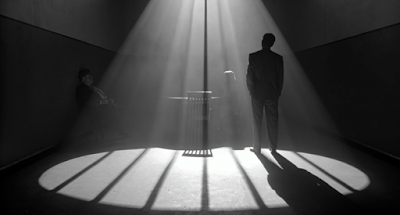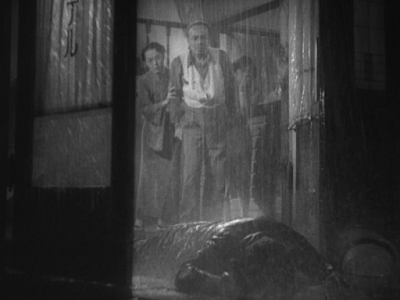Will Aesthetics Save Cinematography?

All was simple in the last millennium. The cinematographer selected the composition of the frame, exposed the film according to the light-meter, checked printing lights during the dailies, and worked with the colorist on the Hazeltine (an "ancient" film-based color correction machine) in the preparation for the first answer print. Undoubtedly and unquestionably, the Director of Photography was in charge of imagery. In that time, Cinematography and Imagery were synonyms. Rarely would anyone dare to get into the framing and lighting part of the movie, other than the director. Except for the Indian Film Industry, every other country's film industry had a Cinematographer team and a Lighting team separate, which is still in practice. The Cinematographer will tell the mood of the picture and the Lighting team is responsible for the usage of lights. There are a lot of people in Cinematography team like the gaffer, focus puller, assistants. Times have changed now. ...
